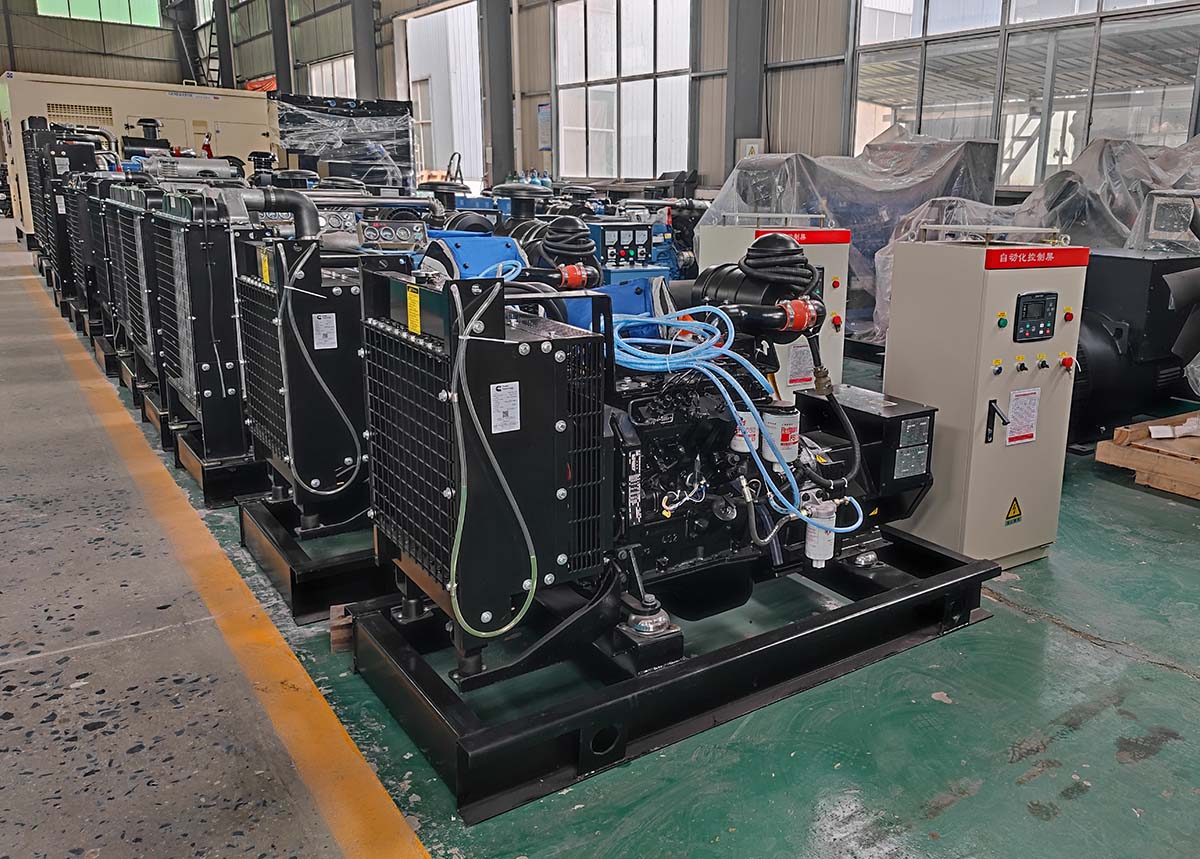
1. Check the power switch: Make sure that the power switch of the generator is turned on so that the power can be connected to the load.
2. Check the voltage regulator: Check whether the voltage regulator of the generator is working properly. The regulator is an important part of the generator, which is responsible for adjusting the output voltage of the generator and controlling the stability of the output voltage of the generator. Check that the regulator is properly connected and that any fault lights are on.
3. Check circuit breakers and fuses: Check the circuit breakers and fuses in the generator centralized control cabinet to ensure that they do not trip or burn out. If there are fuses or circuit breakers that trip or blow, replace them and check to see if normal output can be restored.
4. Check whether the coil is damaged: Check the generator coil to ensure that there is no damage such as aging, short circuit or overload, once the coil is damaged, the generator can not work.
5. Check the electrical connection: Check the electrical connection at the output end of the generator to ensure that it is firmly connected, and check whether the connected cable is damaged or loose. Use a test instrument on the outlet at the output to check for power.
6. Check the motor operation: check the diesel engine’s oil circuit, fuel filter, fuel injector, etc., to ensure that the diesel engine works normally.
7. Check the capacitor: Check the capacitor is a key component of the generator output voltage stability, if the capacitor aging or heat is too high will lead to the generator can not output voltage.
8. Check the generator rotor: Check the generator rotor to ensure that there is no aging, wear, failure, etc., resulting in the generator can not work normally.
9. Check the excitation system: check whether the excitation system is working properly, such as checking the excitation circuit, excitation power supply and excitation generator.
Remember to follow safe operating procedures when troubleshooting, ensure that the generator is disconnected from the power supply, and only check and service when the power is turned off. No output voltage of diesel generator may be caused by many reasons, and it needs to be solved one by one according to the actual situation. In the process of maintaining and maintaining the diesel generator, it is also necessary to do regular inspections and maintenance to ensure the normal operation of the generator.
